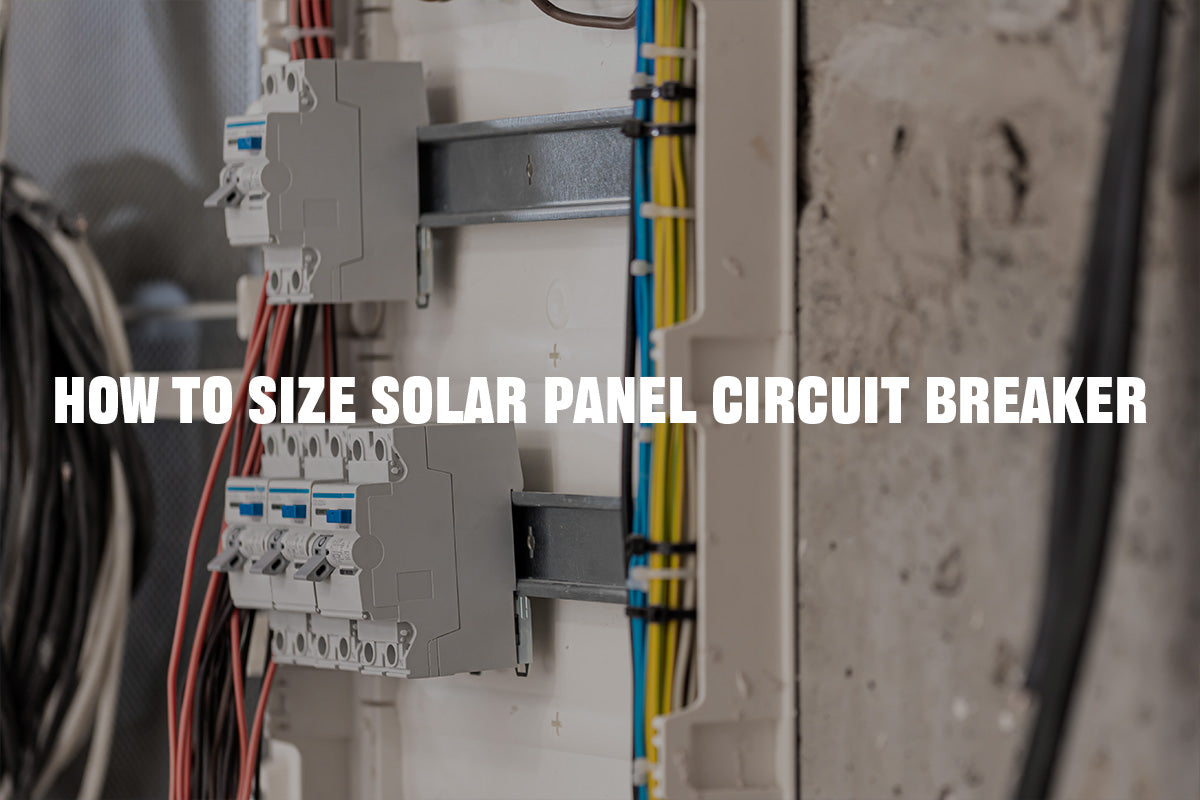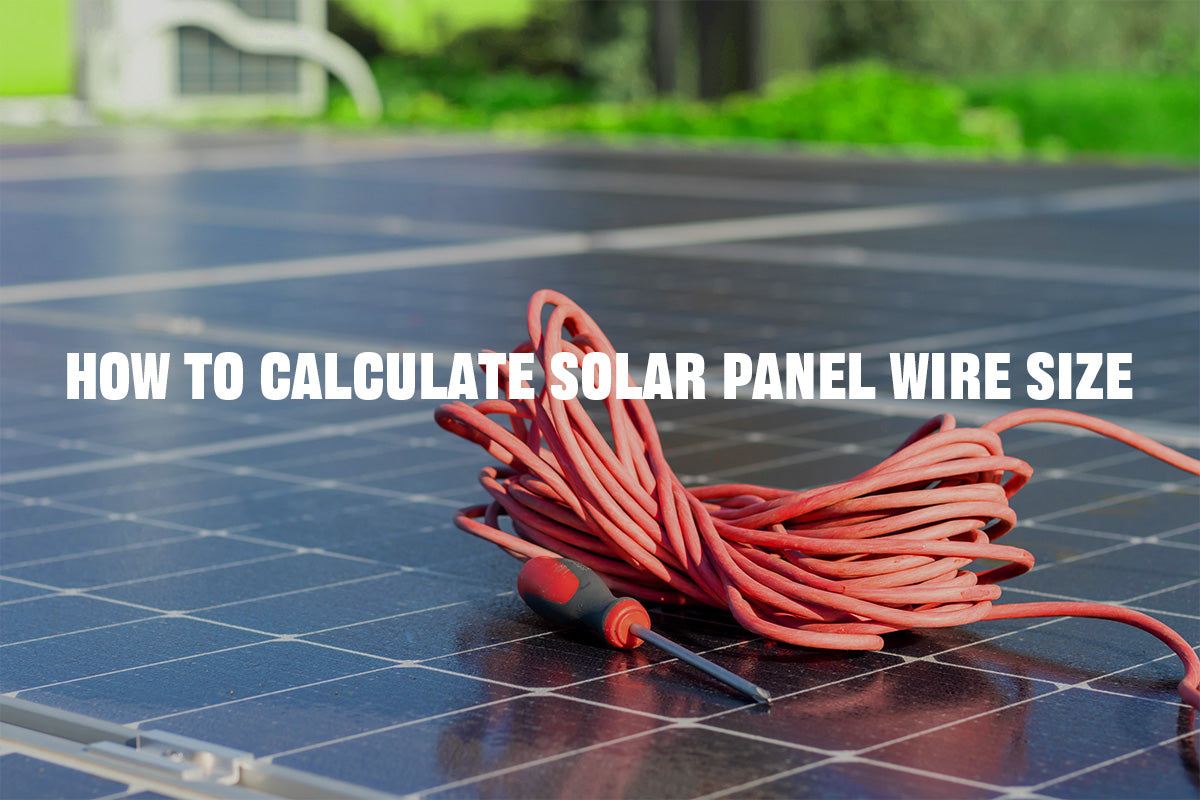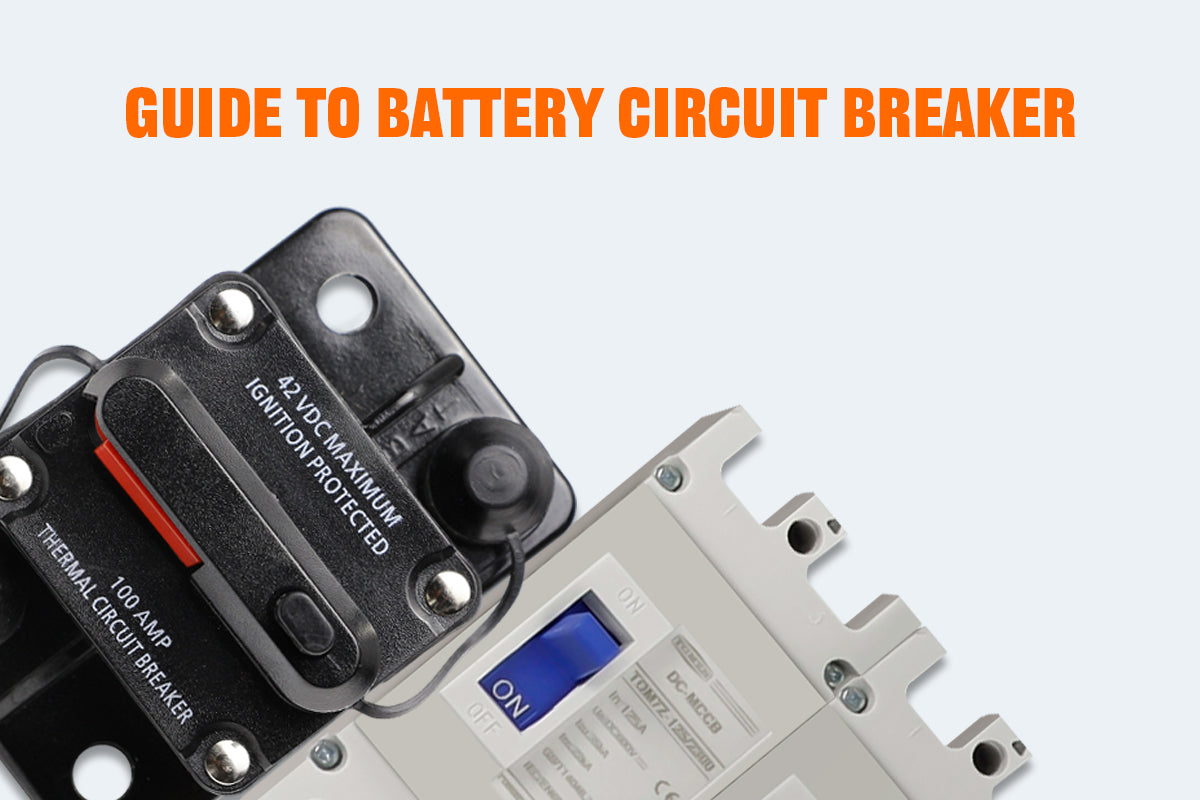Photovoltaic panels can be one of the most hazardous parts of a solar power system. When connected in series, the voltage can rise between 100V and 500V DC, which is high enough to be instantly fatal.
To protect both your equipment and personal safety, it's essential to install proper safety measures. Among them, a correctly sized DC circuit breaker plays a key role in preventing overcurrent, arc faults, and fire hazards. This guide explains how to choose, size, and position the right solar panel breaker to ensure safe and compliant system operation.
Do you need a solar panel circuit breaker
Yes, a DC circuit breaker is necessary in any PV installation. It automatically or manually disconnects the circuit and can be reset after tripping. It protects the system from overcurrent and ensures safe operation.
Compared to a solar isolator or disconnect switch, a DC breaker does more than just isolate parts of the circuit. It is specifically designed for high-voltage DC, with built-in arc-extinguishing capabilities. This is critical because DC current does not cross zero like AC, making it harder to interrupt. Without proper arc suppression, switching DC under load can cause dangerous arcs, which may damage components or trigger fires.
A solar isolator functions more like a manual safety knife switch. It allows safe disconnection for maintenance or emergencies but lacks overcurrent protection or arc interruption. It should not be operated under load. Most countries require isolators, but if your inverter has a certified internal disconnect, you may not need an external one.
Note:
After starting the photovoltaic system, first verify that the connections of the DC isolator and circuit breaker are correct before closing the PV input circuit. Once confirmed, close the DC isolator first, followed by the DC circuit breaker.
To disconnect the PV circuit, follow the reverse order: open the DC circuit breaker first, then the DC isolator.
For a step-by-step visual demonstration, be sure to watch the full video.
Although fuses provide basic, one-time overcurrent protection, they are usually recommended because DC circuit breakers often have a delay before tripping during overcurrent conditions. This delay can allow potentially damaging current to flow longer than desired. Fuses act quickly and can protect sensitive components by interrupting fault currents faster than the breaker alone.
How to calculate dc breaker for solar pv circuit
Circuit breaker specifications are often specified by the manufacturers of solar charge controllers or hybrid inverters. Following these recommendations is usually the most straightforward and reliable approach, unless the manufacturer does not provided a particular rating.
Proper sizing of the DC circuit breaker helps prevent nuisance tripping and ensures safe overcurrent protection. The calculation method is similar to that used for solar panel fuse sizing, and according to the National Electrical Code (NEC), breaker size should be determined by:
Breaker size = 1.56 × Isc (short-circuit current)
For example, if you use four 100W solar panels in series, each with an Isc of 5.45A.
When connected in series, the string current remains 5.45A. In this case, you would select a breaker rated around 10A for this 400w solar panel system, rounding up to the nearest standard size.
What type of breaker is used in solar system
The type of breaker used in a solar system depends on its location and purpose. On the DC side, it's critical to use a DC circuit breaker, never substitute with an AC breaker. DC breakers are specifically designed with arc-extinguishing mechanisms to safely interrupt direct current, which doesn't cross zero like AC and can form dangerous, persistent arcs when disconnected under load. This safety feature makes DC breakers essential for all high-voltage PV systems.
When choosing a breaker, key factors to consider include:
1. Breaker types
There are two main types of breakers used in solar installations:
- DC MCB (Miniature Circuit Breaker): Commonly used in small residential solar systems. These are DIN-rail mountable and provide basic overcurrent protection in compact enclosures.
- DC MCCB (Molded Case Circuit Breaker): Suitable for larger systems or commercial installations. They offer higher current ratings, better thermal protection, and adjustable trip settings.
2. Pole configuration
DC breakers also vary by pole configuration. Generally, it’s recommended to use a 2-pole DC breaker to disconnect both the positive and negative lines of each solar panel string. Always consult equipment documentation and applicable electrical codes to confirm requirements.
3. Current direction
Always check the markings and specifications to ensure correct installation direction. DC circuit breakers are polarized, meaning they have a defined positive and negative terminal. Incorrect wiring can disable the breaker's arc-suppression capability, rendering it unsafe and potentially leading to equipment damage or fire. also, there are circuit breaker designed for bidirectional current.
Additionally, factors include system voltage, interrupting capacity, number of poles, trip type, environmental rating, mounting style, and code compliance.
With these basics understood, let’s now move on to how to calculate the correct breaker current rating for your solar PV circuit.
Where to put a DC circuit breaker in a solar system
On the DC side, DC circuit breakers are required between solar panels and charge controllers, and between charge controllers and batteries.
Environmental factors such as temperature can affect a breaker's performance. High ambient temperatures may cause a breaker to trip below its rated current due to thermal sensitivity. To reduce these risks, avoid placing breakers in poorly ventilated or high-heat locations like sealed boxes exposed to direct sunlight. Instead, install them in shaded, ventilated, or indoor enclosures when possible.



